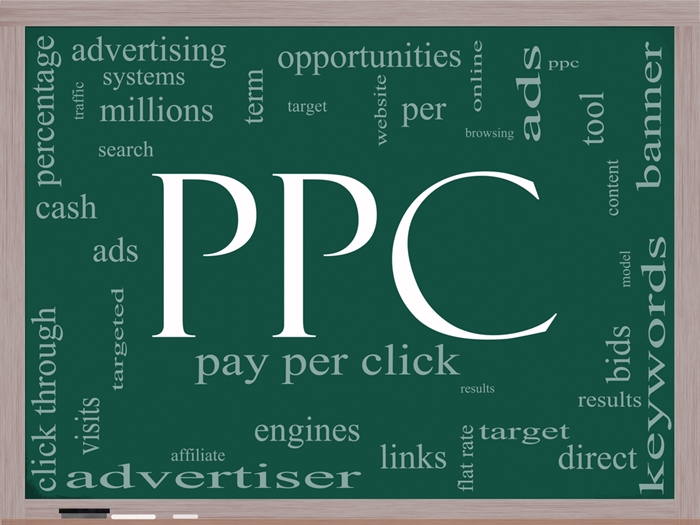
Online reviews are among the best forms of advertising. It should be no surprise, then, that customers tend to trust each other for brand recommendations. And more of them are turning to social media to spread the word about product experiences good and bad.
MarketingProfs reported that 93 percent of consumers who write product reviews are inspired by a positive experience with a brand — while 71 percent do so after a negative experience. And reviews are just the tip of the iceberg in terms of how customers convey their experiences through social media.
Find the conversations
Pay attention to what people are saying about your brand on social media. The reputation that others are spreading can have a huge effect on a brand’s image. When a customer uses YouTube to demonstrate your software, or posts photos of your new makeup line on Pinterest, they’re generating interest through likes and comments.
That customer-driven buzz often expands over time, as links are shared with friends and make their way to new communities with new fan bases. When customers are driving interest, it can take time to generate results, requiring patience and follow-through on the part of marketers.
 Online or off, customers frequently feel more loyalty to the affiliate than the brand itself. That means marketers can improve their conversion numbers by choosing the best affiliates to begin with. After all, just a few partners could end up providing most of the traffic to your website.
Online or off, customers frequently feel more loyalty to the affiliate than the brand itself. That means marketers can improve their conversion numbers by choosing the best affiliates to begin with. After all, just a few partners could end up providing most of the traffic to your website.
 That prize consumer you’re after could Google reviews of your restaurant on his laptop, make reservations from a tablet and then get directions from his smartphone, all within an hour. The trend of searching across multiple devices, by people transitioning from one to the other, is on the rise as users query search providers from nearly any location. Recent Microsoft research found that
That prize consumer you’re after could Google reviews of your restaurant on his laptop, make reservations from a tablet and then get directions from his smartphone, all within an hour. The trend of searching across multiple devices, by people transitioning from one to the other, is on the rise as users query search providers from nearly any location. Recent Microsoft research found that
 With more consumers spending time on their mobile apps, you may be wondering whether to take advantage of the trend. Many companies create apps to build on their existing communication with consumers via their iPhones, iPads and Androids, provide them with a new service, or broaden their audience.
With more consumers spending time on their mobile apps, you may be wondering whether to take advantage of the trend. Many companies create apps to build on their existing communication with consumers via their iPhones, iPads and Androids, provide them with a new service, or broaden their audience. More than half of adults
More than half of adults 




 Think companies are spending a lot on social media now? According to Duke University’s Fuqua School of Business, the social media spending of U.S. firms is expected to rise 150 percent over the next five years. If your reaction is that you couldn’t dedicate more hours to your activities on social networking sites without cloning yourself, take heart. Most marketers could strengthen their social media programs by making better use of tools and techniques already available to them.
Think companies are spending a lot on social media now? According to Duke University’s Fuqua School of Business, the social media spending of U.S. firms is expected to rise 150 percent over the next five years. If your reaction is that you couldn’t dedicate more hours to your activities on social networking sites without cloning yourself, take heart. Most marketers could strengthen their social media programs by making better use of tools and techniques already available to them. Remember when purchasers paid marketers regardless of whether they were able to track and measure just how effective their campaigns were? How times have changed. With the introduction of each new measuring device, it seems, comes more pressure for marketers to whip up results. The fact that most Internet ad revenue in the U.S. is now comprised of performance-based advertising only highlights this fact.
Remember when purchasers paid marketers regardless of whether they were able to track and measure just how effective their campaigns were? How times have changed. With the introduction of each new measuring device, it seems, comes more pressure for marketers to whip up results. The fact that most Internet ad revenue in the U.S. is now comprised of performance-based advertising only highlights this fact.